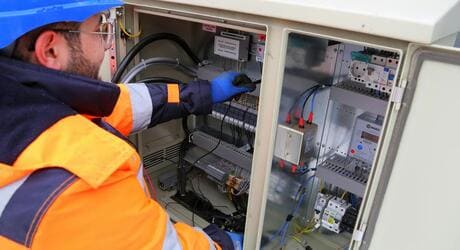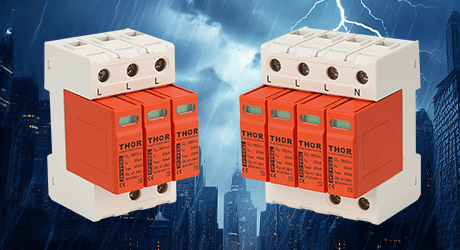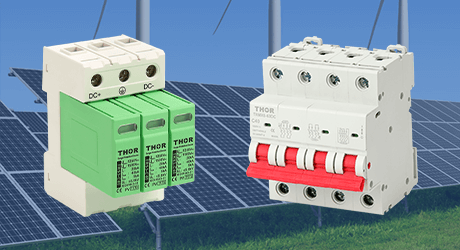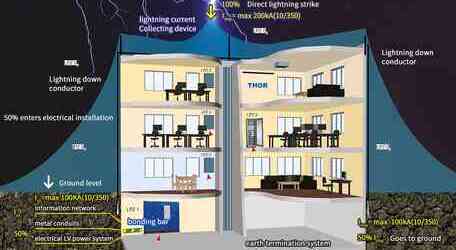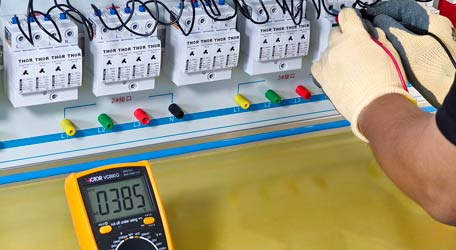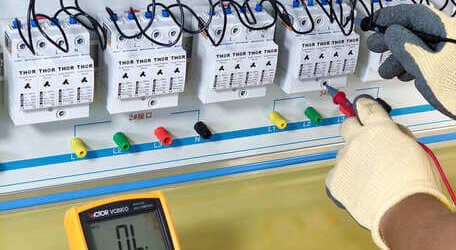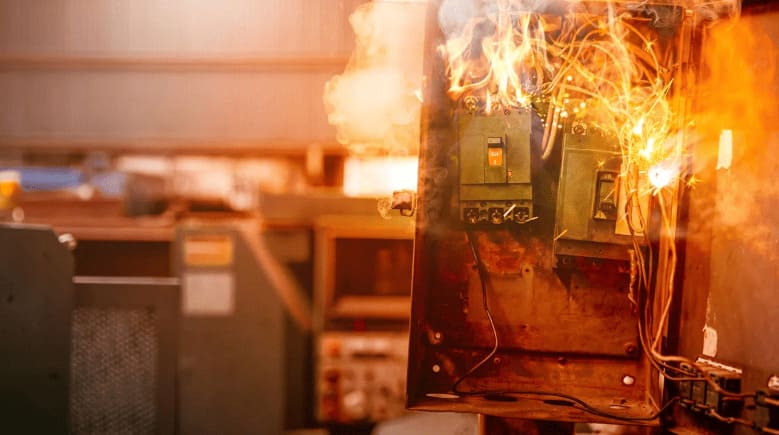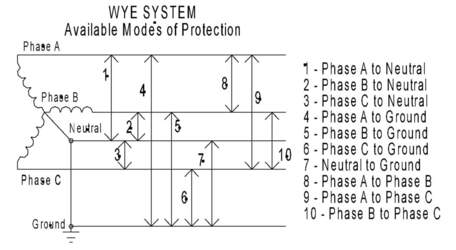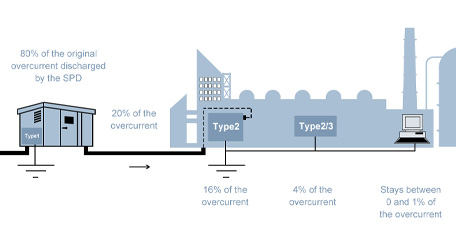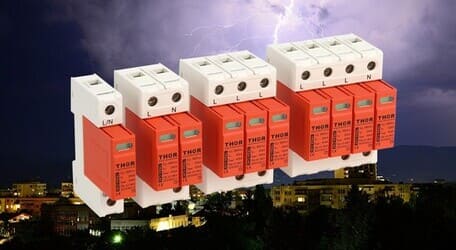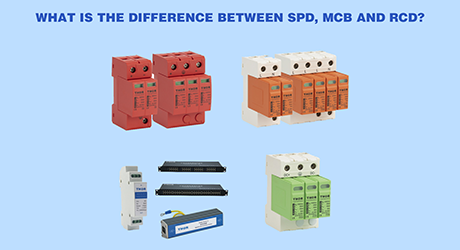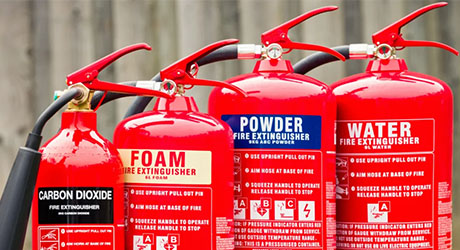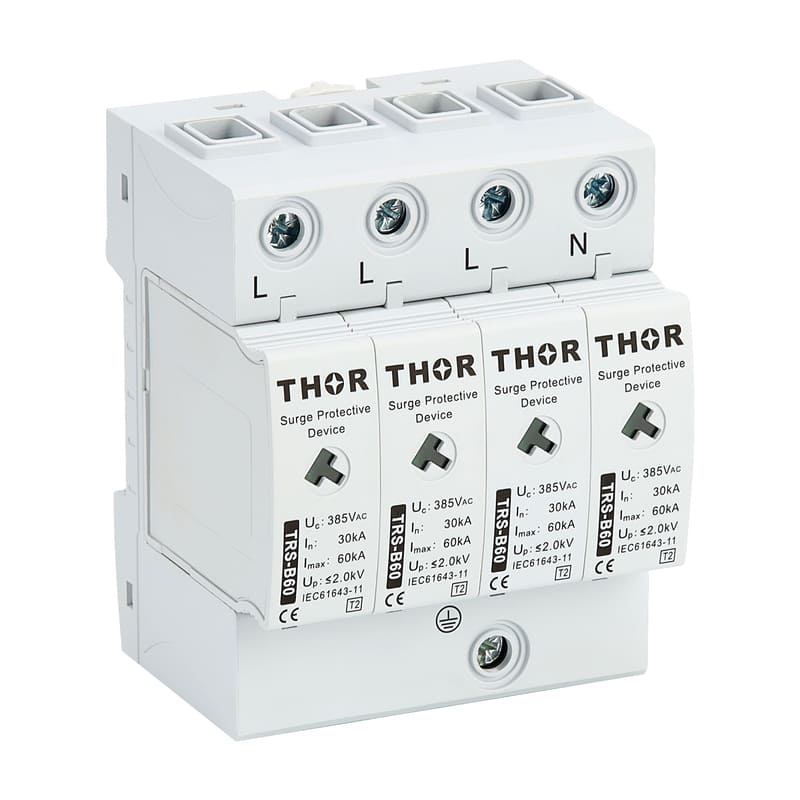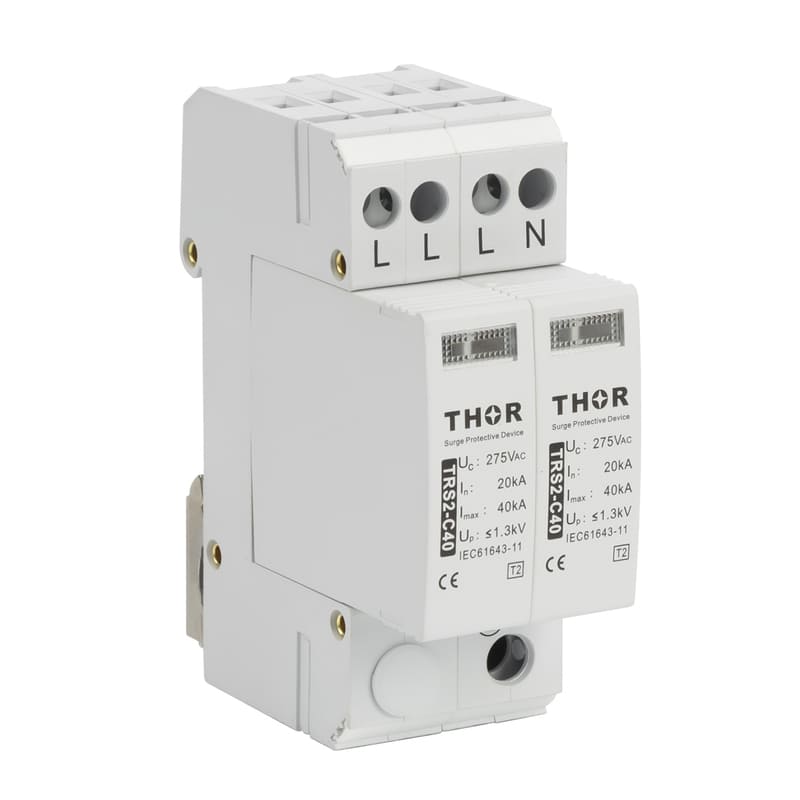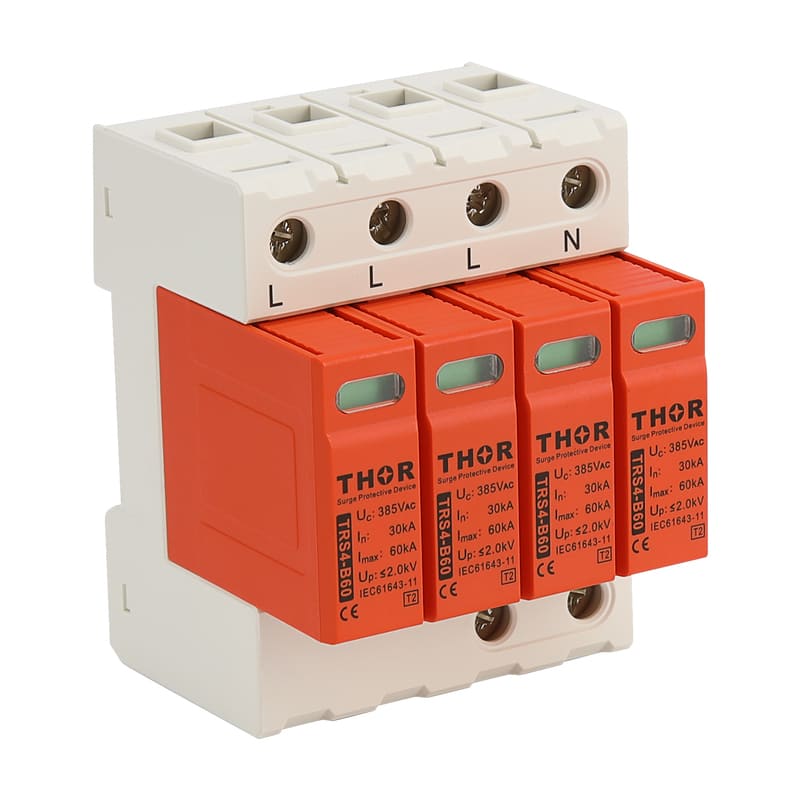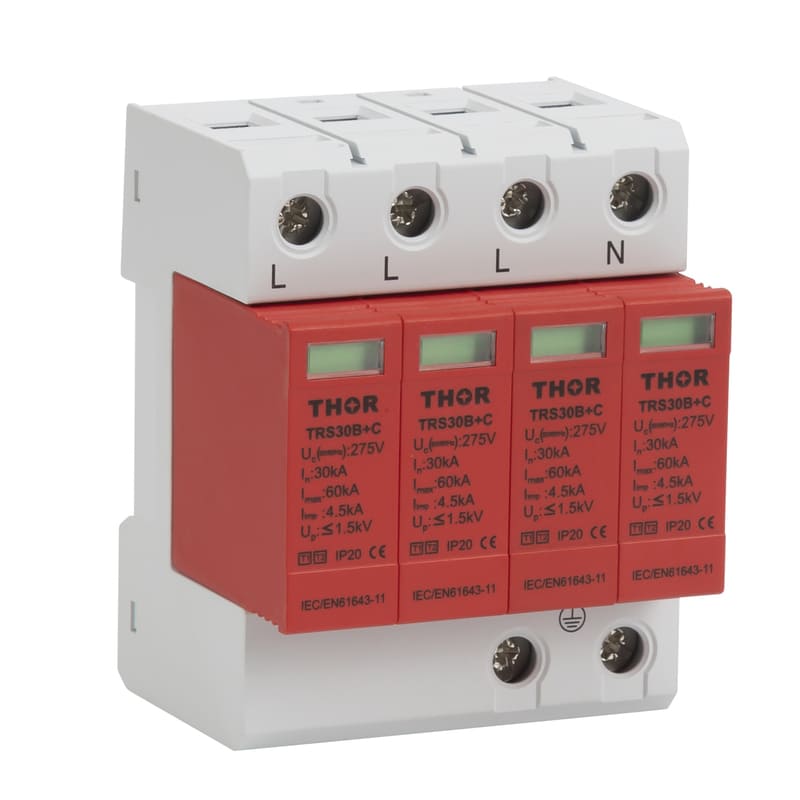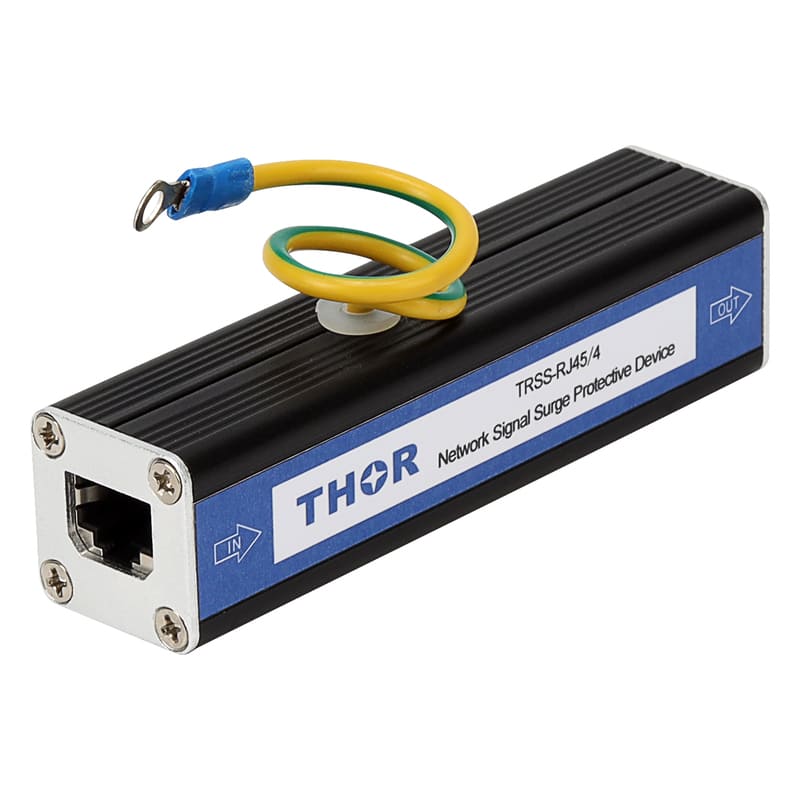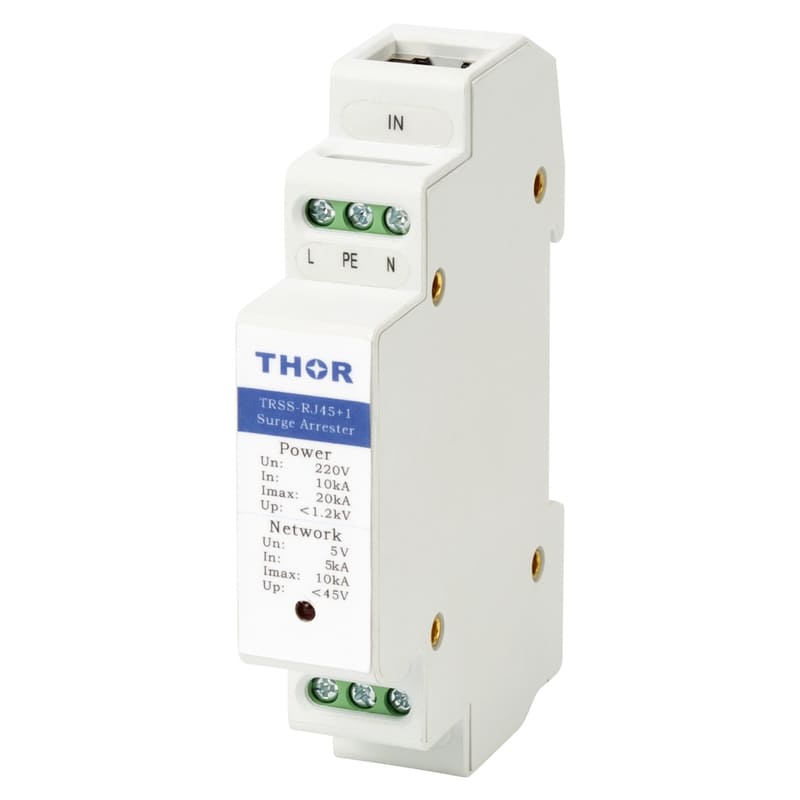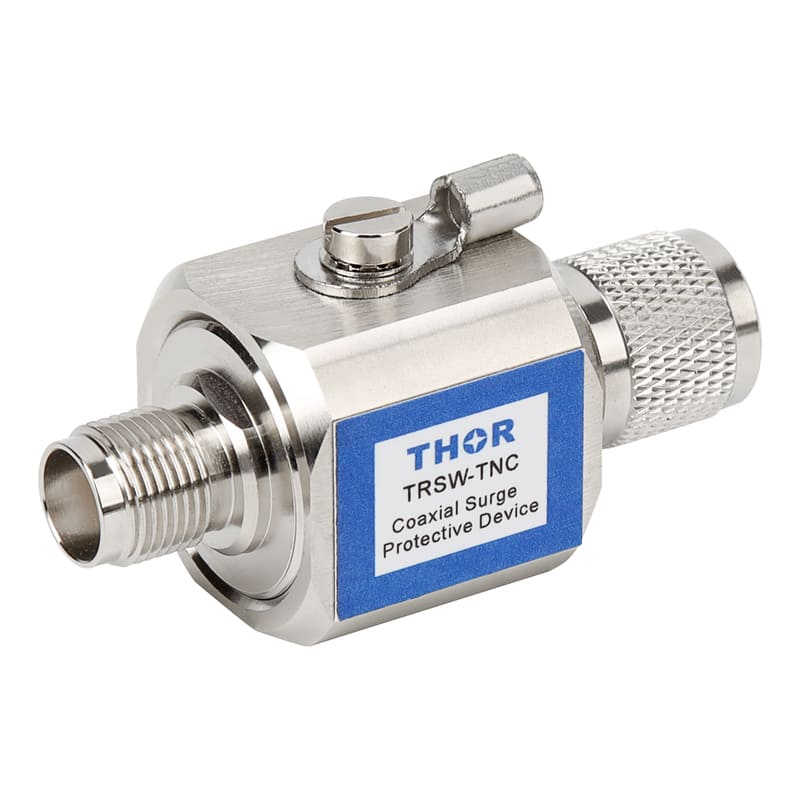Several types of components in the development of surge protectors
Surge protectors are devices that limit transient overvoltages. The components that make up the surge protector mainly include gap gas discharge components (such as ceramic gas discharge tubes), solid lightning protection components (such as varistors), semiconductor lightning protection components (such as suppression diode TVS, ESD multi-pin components) , SCR, etc.).
Let us introduce the types of components in the history of the lightning protection industry:
1. Pill-type surge protector components
Its structure is to press and seal the gap and resistive elements (shot lead dioxide or emery) in the arrester porcelain sleeve. When the voltage is normal, the gap is isolated from the operating voltage. When the lightning overvoltage breaks down the gap, the lead dioxide is a low-resistance substance, which is conducive to the leakage of a large amount of lightning current into the ground to reduce the overvoltage. The lead monoxide is contained, and the power frequency freewheeling current is reduced, so that the gap is extinguished and the current is interrupted. The protective characteristics of the pill-type arrester are not ideal, and are replaced by silicon carbide arresters in my country.
2. Silicon carbide lightning protection components
Silicon carbide is a modified product imitating the Soviet Union in the early days of the founding of the People's Republic of China. Its structure is to press and seal the gap and several SiC valve plates in the arrester porcelain sleeve. The protection function is to use the nonlinear characteristics of the SiC valve plate. The lightning protection is very small, and a large amount of lightning current can be discharged to limit the residual voltage. After the lightning voltage passes, the resistance will automatically increase, limiting the freewheeling current to within tens of amperes, so that the gap can be extinguished and interrupted. Silicon carbide arrester is the current main lightning protection electrical appliance with a long history of use in my country. function, the lightning protection function is incomplete; there is no continuous lightning impulse protection capability; the stability of the operating characteristics is poor and may suffer from transient overvoltage hazards; the operating load is heavy and the service life is short, etc. These have exposed the potential of silicon carbide arresters to use hidden dangers and product technology backwardness.
3. Graphite gap string
The graphite sheet is made of graphite with a carbon content of 99.9%. The graphite sheet has unique advantages that cannot be replaced by other metal materials in terms of electrical conductivity and thermal conductivity. The discharge gap is insulated from each other. This lamination technology not only solves the problem of freewheeling, but also discharges layer by layer, and the product itself has a very strong current capacity. Advantages: large discharge current test 50KA (actual measured value) small leakage current, no freewheeling current, no arc discharge, good thermal stability Disadvantages: high residual voltage, slow response time. Of course, an auxiliary trigger circuit can be added to enhance it. As the structure of the lightning arrester changes, the diameter of the graphite sheet and the shape of the graphite have great changes.
4. Fixed gap string
The fixed gap string is a simple arc quenching system. It consists of many metal inner electrodes covered with silicone rubber. There are small holes between the inner electrodes, and the holes can communicate with the outside air. These small holes form a series of micro

